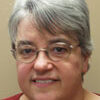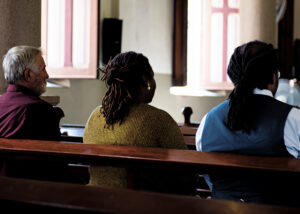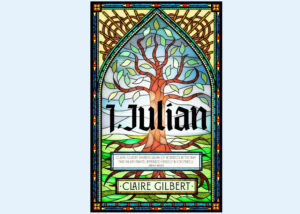In his new book Shattered, Arthur Boers writes, “I realized that I never understood my father, our relationship, or even myself.” In this coming-of-age story, Boers explores his relationship with his father, trying to make sense of why he both feared and loved him. How did his father’s violence shape the person that Boers became?
Arthur Boers is the son of Dutch immigrants who came to St. Catharines, Ontario, after the Second World War. His father soon developed his own business building greenhouses, and Boers had many experiences working with glass. Boers describes what life was like for a family displaced after their home country was destroyed by war.
Another theme in the book is the role of faith. The Boers family was not overly devout, but they attended the local Dutch Calvinist church every week. Young Arthur had a vivid faith and desired spiritual insight. During high school he attended the Inter-School Christian Fellowship where he met Mennonites and eventually joined a Mennonite church.
Boers became a pastor, serving at Windsor and Bloomingdale Mennonite churches in the 1980s and ’90s. He became a professor at Anabaptist Mennonite Biblical Seminary and wrote several books on pastoral theology. Eventually, he became an Anglican priest.
The main story is about Boers’ relationship with his father. Again and again, he reflects on his father’s temper and that twice his father gave him severe beatings. Despite the violence, Boers had a longing to be close to his father who seemed “always distant, unreachable.” Boers writes, “I was like many who suffer one form of abuse or another: my loved one seemed normal.”
It is only as an adult that Boers realized that his father likely suffered from post-traumatic stress disorder (PTSD). His father suffered many traumas, including the war and Nazi occupation. As a teenager he spent a year hiding from the Nazis. When that war was over, he joined the Dutch army and fought in a brutal war in Indonesia.
On top of the PTSD, his father had grown up in a violent home and Boers writes, “He dialed down the violence that he received from his own father. He could not count or remember all the times [my grandfather] assaulted him.”
At a book launch in Winnipeg at the end of May, Boers said that he worked hard to make this book fit the genre of creative non-fiction. One way he did this was to weave the image of glass throughout. His father was a glazier and Boers tells stories of many of his own experiences of working with glass.
The book is full of tales of broken glass, but also descriptions of glass that is beautiful. Perhaps the most powerful illustration is that beauty can shine through glass objects that have been repaired. He writes, “Now, over four decades later, I piece together a mosaic from all that [my father] shattered.”
Although most of the book deals with his childhood and teenage years, Boers also reflects on more recent times. He describes a visit with Catholic theologian Henri Nouwen, who encouraged him to embrace mysticism.
Today Boers practices his faith in the Anglican church, although he says, “I still hold to Mennonite ethics and admire Mennonite witness and service.” Looking back over his life he comments, “I no longer fret about living with paradox and contradictions.”
Although Boers writes about his own experiences, readers will find themselves reflecting on the meaning of their own lives. Boers’ writing is powerful. His vibrant vignettes evoke an emotional response.
People who experienced violence at home, as children, may find this book helpful in trying to sort through the emotions of that trauma. Other readers will learn about one person’s faith journey, and the paradoxes and contradictions that come with life.
Read an excerpt from Shattered at canadianmennonite.org/stories/broken-serve.









Leave a Reply
You must be logged in to post a comment.